In all the decade plus I have been teaching, never have I ever noticed more and more students battling with anxiety as I have in recent years. Young people are struggling with the demands of modern life: social media pressures and academic stress all play their role. A select few might get support from a counsellor, if they're lucky (I know every school I've worked in or visited, there is not enough support for children who need it) but what about the rest of them? So many young people are feeling intense emotions, and stress and they don't know how to manage them. So what can we do to help?
First of all, yes, we are educators and that is our first and foremost responsibility. We're not counsellors and we have enough on our plates as is to take on that role, even if we wanted to! But we are role models and we are there to offer guidance and support as well as to educate.
After witnessing so many students break down in my classroom due to their overwhelming emotions, I have been on a mission to do whatever I can to help. To start with, I created a resource called Emotional Health and Anxiety that can be delivered in a life skills lesson, during morning meeting activities or even used in clubs. I've found having a structured approach to learning about emotional health is a powerful way to help students understand the significance of emotions and that they are actually really important - we just need to learn how to manage them!
After witnessing so many students break down in my classroom due to their overwhelming emotions, I have been on a mission to do whatever I can to help. To start with, I created a resource called Emotional Health and Anxiety that can be delivered in a life skills lesson, during morning meeting activities or even used in clubs. I've found having a structured approach to learning about emotional health is a powerful way to help students understand the significance of emotions and that they are actually really important - we just need to learn how to manage them!
Emotions are important
It's important for our students to understand that our emotions are powerful things that we need for many reasons: they help us express feelings, they help other people understand us, they help us maintain social bonds with others and they affect our thoughts and actions.
Here are some fundamental things our students would benefit from learning that can be found in this resource if you would like further support:
• To identify different types of emotions
• What emotions are and why we have them
• Why people have different emotions to the same scenario
• How understanding emotions can help us
• Helpful vs unhelpful emotions
• What to do when an emotion is unhelpful
• What to do when emotions are overwhelming
• Physical and emotional effects of anxiety
• Worries and concerns that can cause anxiety
• How to help ease anxiety
• Short term and long term strategies for anxiety
It's important for our students to understand that our emotions are powerful things that we need for many reasons: they help us express feelings, they help other people understand us, they help us maintain social bonds with others and they affect our thoughts and actions.
Here are some fundamental things our students would benefit from learning that can be found in this resource if you would like further support:
• To identify different types of emotions
• What emotions are and why we have them
• Why people have different emotions to the same scenario
• How understanding emotions can help us
• Helpful vs unhelpful emotions
• What to do when an emotion is unhelpful
• What to do when emotions are overwhelming
• Physical and emotional effects of anxiety
• Worries and concerns that can cause anxiety
• How to help ease anxiety
• Short term and long term strategies for anxiety
Thinking about thoughts
This resource guides students to recognise that they can control their emotions by changing their thoughts. How often do any of us really pause to think about what we're thinking about? Well if we don't do it, how can we expect our students to? The process of thinking about our thoughts and controlling them, because we can do that, is a powerful tool to use to help manage emotions.
These 6 scenarios you can see above, help students to reflect on relatable scenarios that cause anxiety in young people. They can work independently or discuss with others what possible negative and unhelpful emotions that could arise, and offer alternative thought patterns that could create more positive emotions and actions.
This resource guides students to recognise that they can control their emotions by changing their thoughts. How often do any of us really pause to think about what we're thinking about? Well if we don't do it, how can we expect our students to? The process of thinking about our thoughts and controlling them, because we can do that, is a powerful tool to use to help manage emotions.
These 6 scenarios you can see above, help students to reflect on relatable scenarios that cause anxiety in young people. They can work independently or discuss with others what possible negative and unhelpful emotions that could arise, and offer alternative thought patterns that could create more positive emotions and actions.
Discussing emotions
I've also found that openly discussing emotions is something that is still somewhat stigmatised. By using discussion cards such as the ones included in this pack, really help get the conversations going in a safe environment without revealing anything too personal if they are not comfortable doing so yet.
I've also found that openly discussing emotions is something that is still somewhat stigmatised. By using discussion cards such as the ones included in this pack, really help get the conversations going in a safe environment without revealing anything too personal if they are not comfortable doing so yet.
Anxiety
Once they've learned about emotions and had discussions around thoughts and actions that can affect them, students will get the opportunity to look at anxiety in detail. They will reflect on the physical and emotional effects of anxiety, what can cause these emotions, how to help ease the feelings and both short and long term strategies for dealing with anxiety.
Once they've learned about emotions and had discussions around thoughts and actions that can affect them, students will get the opportunity to look at anxiety in detail. They will reflect on the physical and emotional effects of anxiety, what can cause these emotions, how to help ease the feelings and both short and long term strategies for dealing with anxiety.
| This resource is ideal for life skills lessons where you can devote an hour or two to specifically talking about this topic, but will work equally well spread out over a period of time for morning meetings with your tutor / advisory group / homeroom etc. as well as specific clubs you might want to run. Once they have learned about emotions and strategies for dealing with anxiety, it's important to continue to review their emotions and strategies so that they are reminded that it's a continual journey and not something that can be "fixed" in one lesson. |
| Talk it out Where possible, if you notice a student is looking distressed in your lesson, try to encourage them to talk through their feelings. Sometimes they just need someone to talk to and to know someone cares. Encourage them to reflect on what thoughts they are having about a particular situation and using what they learned the scenarios resource, consider an alternative thought pattern that could yield different emotions and thus different, more desirable actions. |
| Taking it further This pack is to help students understand every day emotions and to learn healthy ways to manage them - it is not a cure for medical mental health issues. It should go without saying, that if you suspect a student is having more serious concerns then further support might be needed. This may however, be a powerful tool in helping prevent serious issues if students are taught more about their emotions and effective strategies in how to handle them! |
How do you deal with anxiety in your students? Leave a comment below!
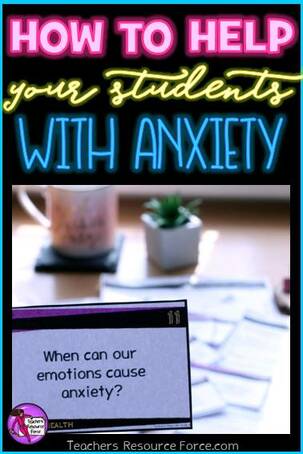
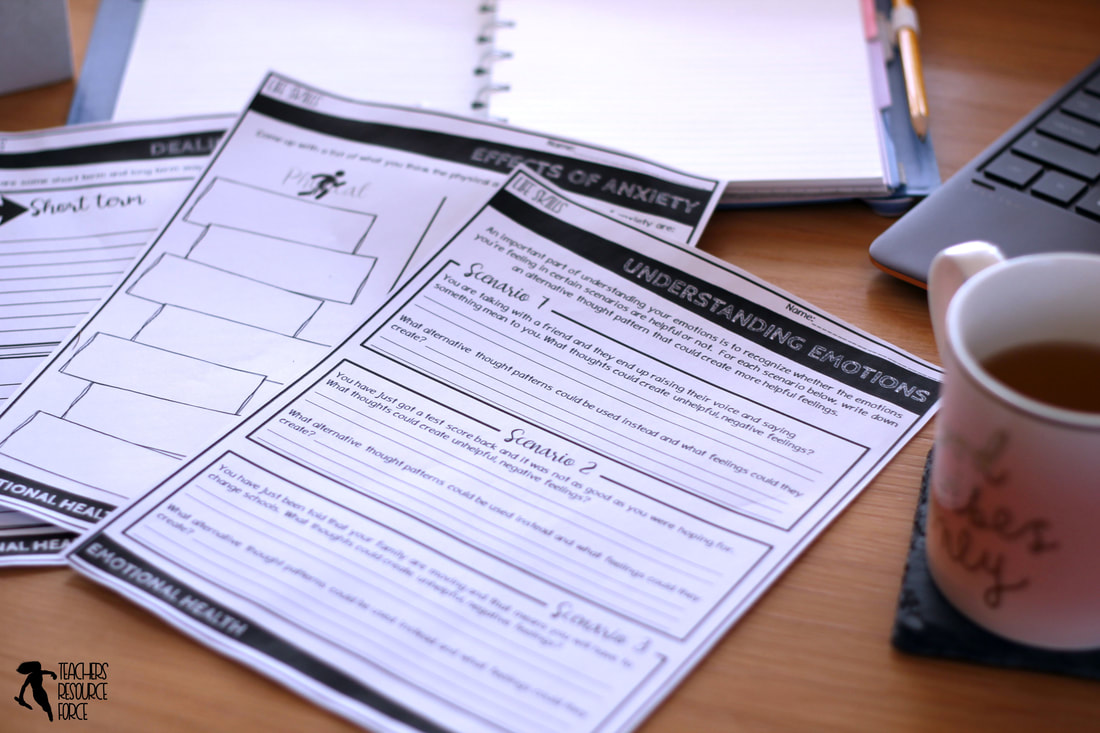
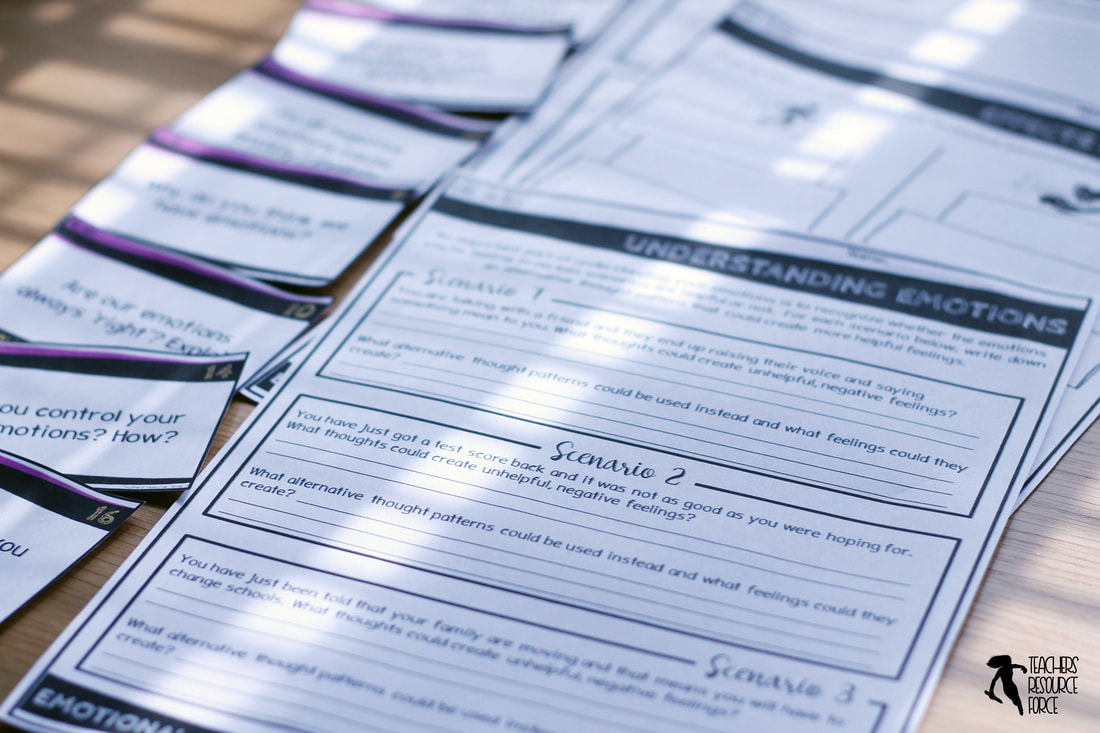
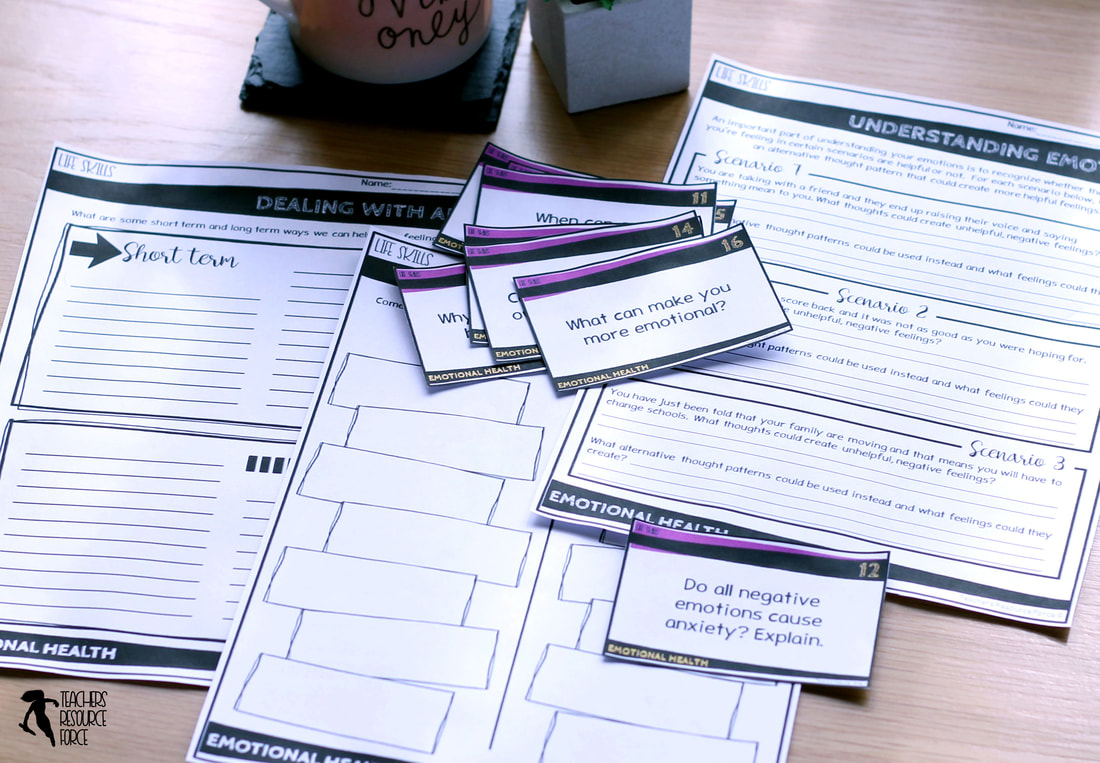
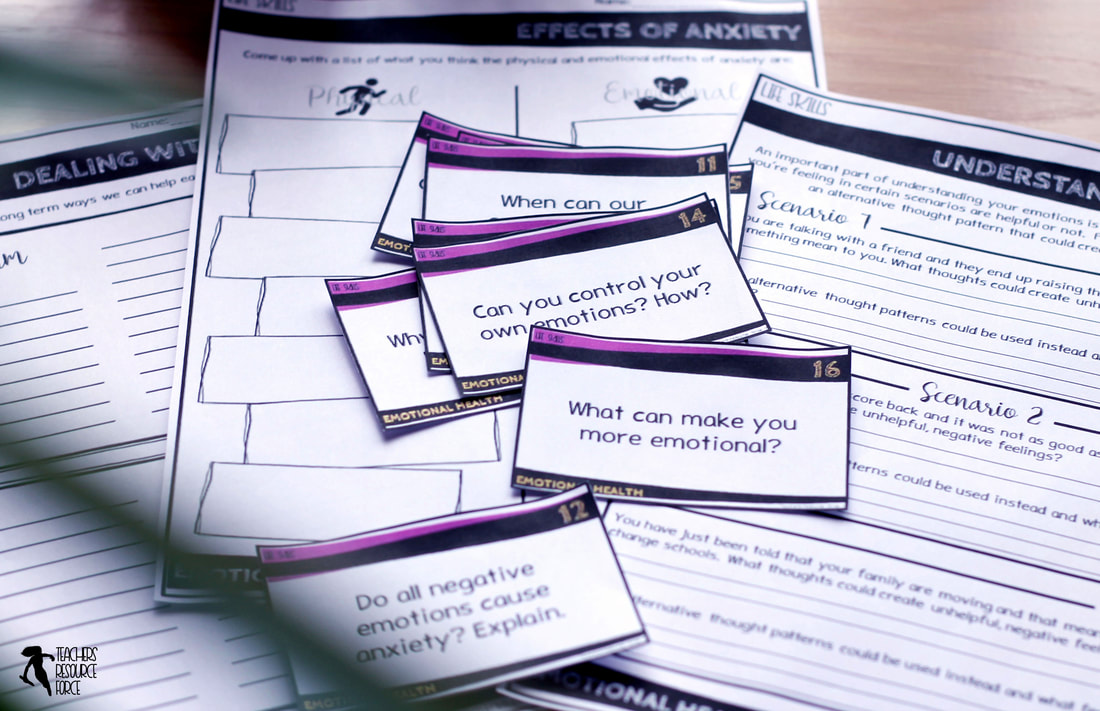
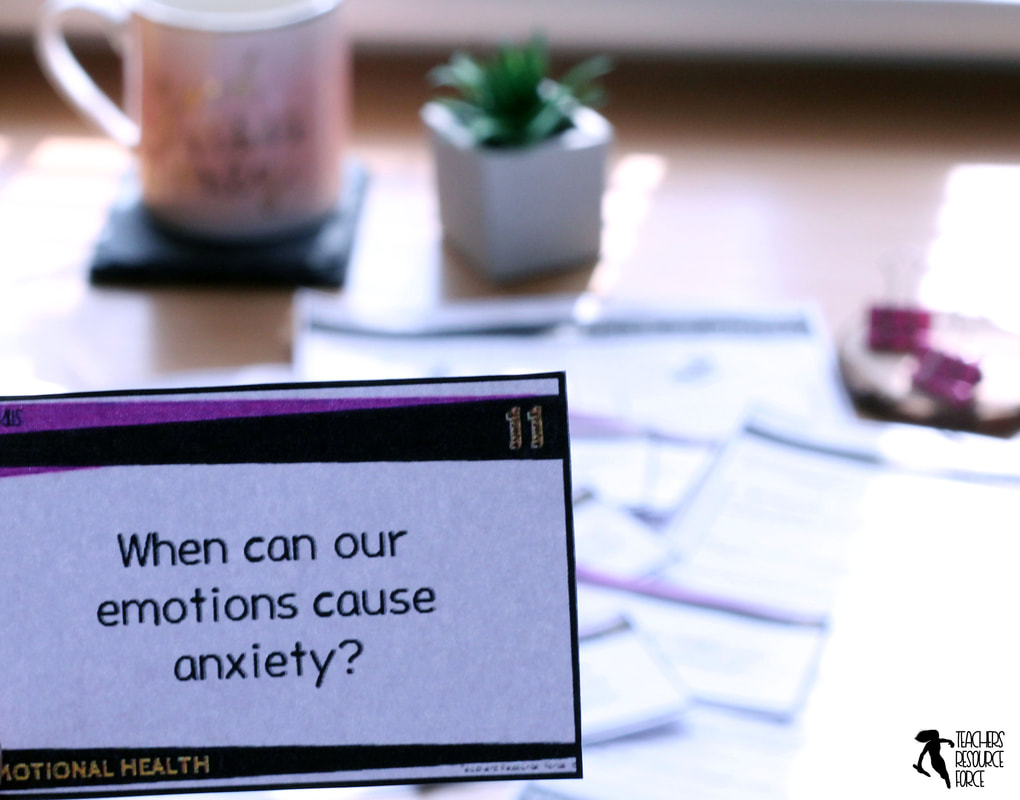
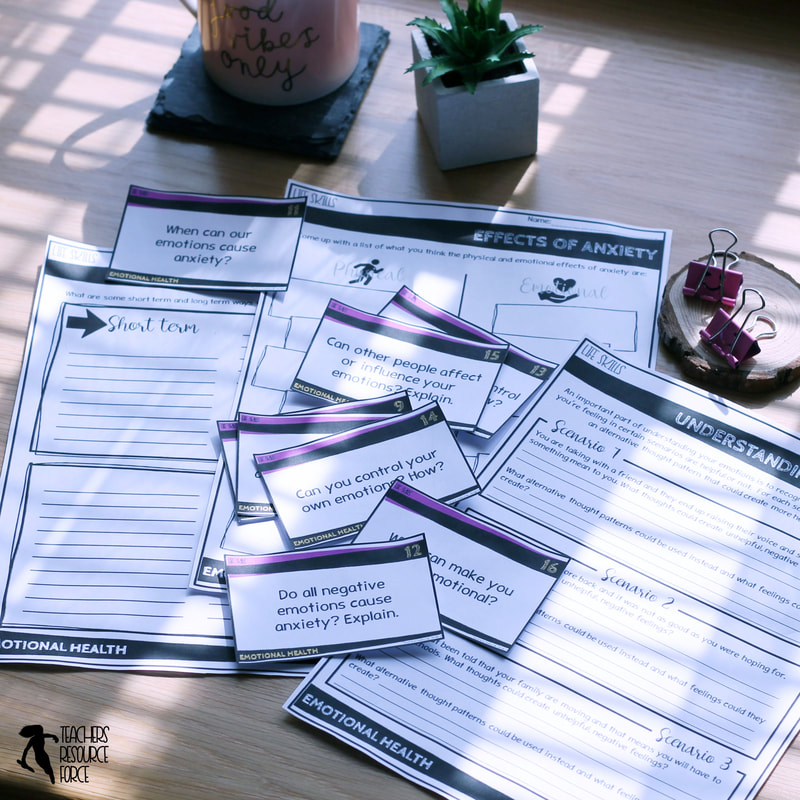
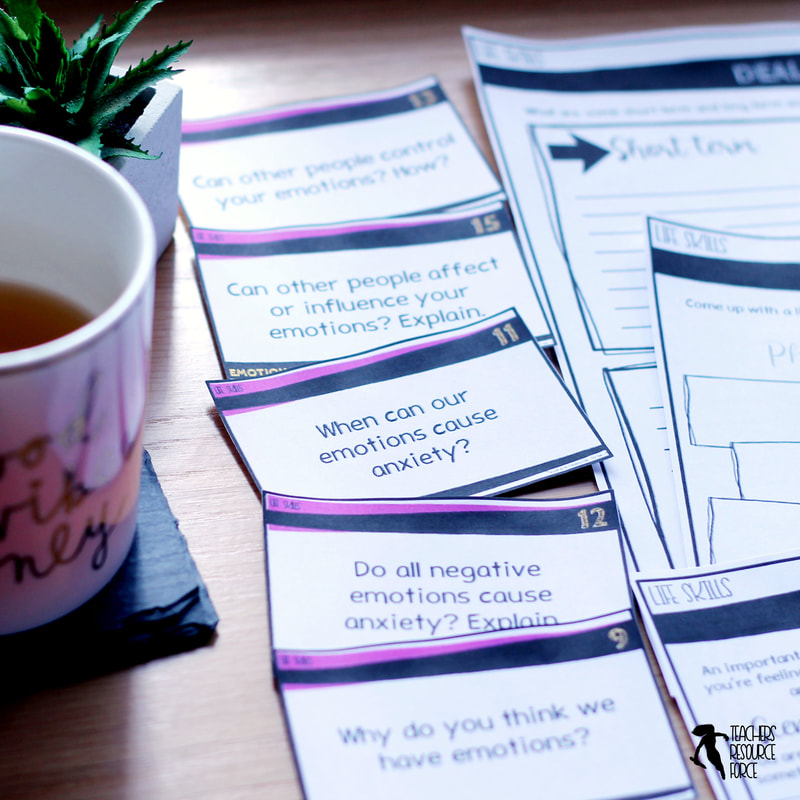
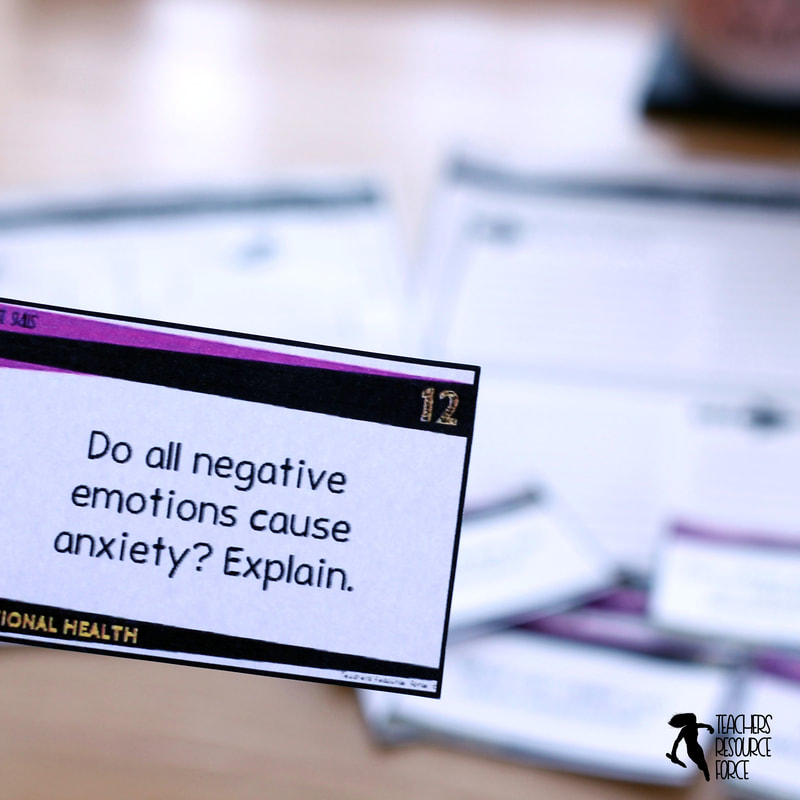


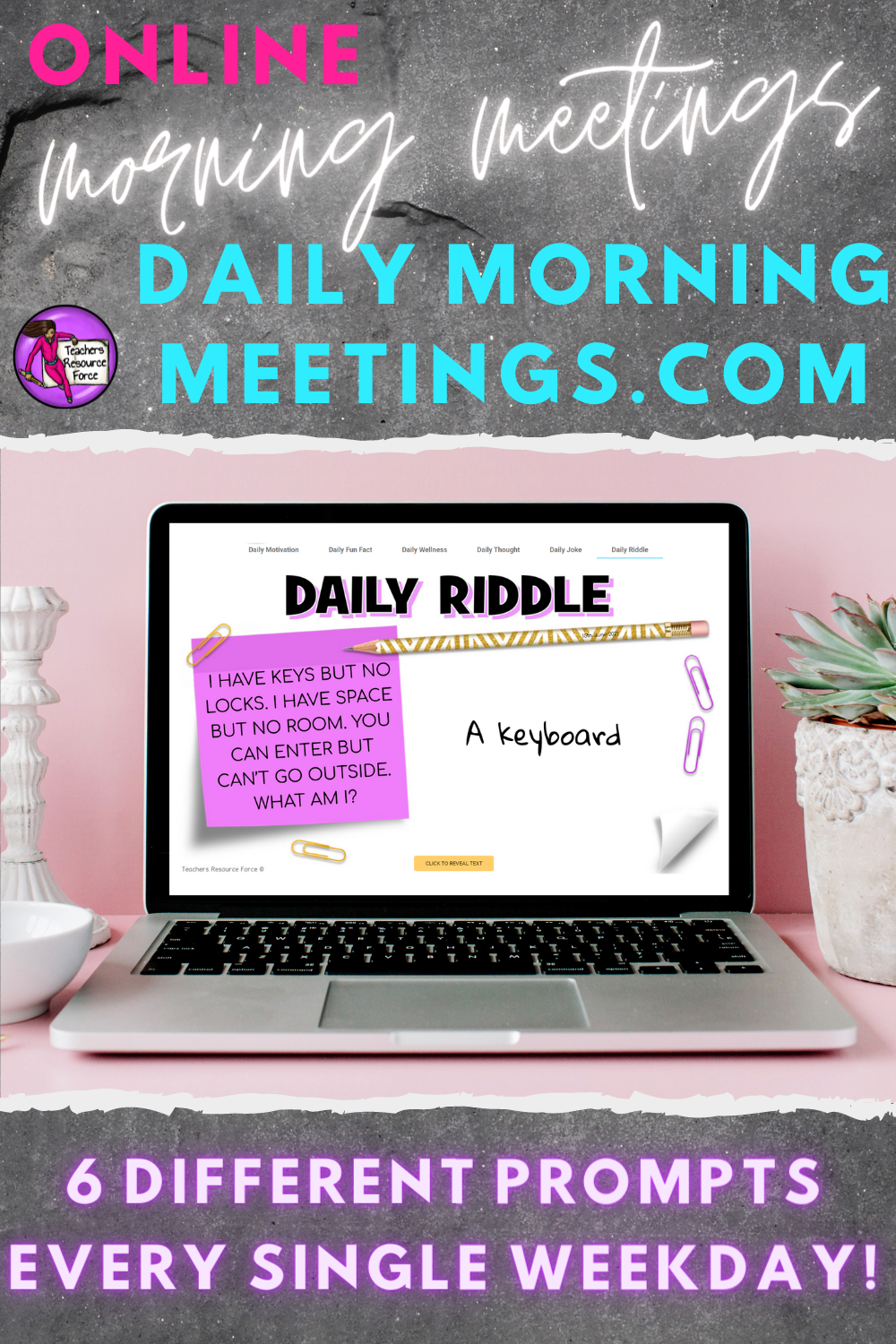

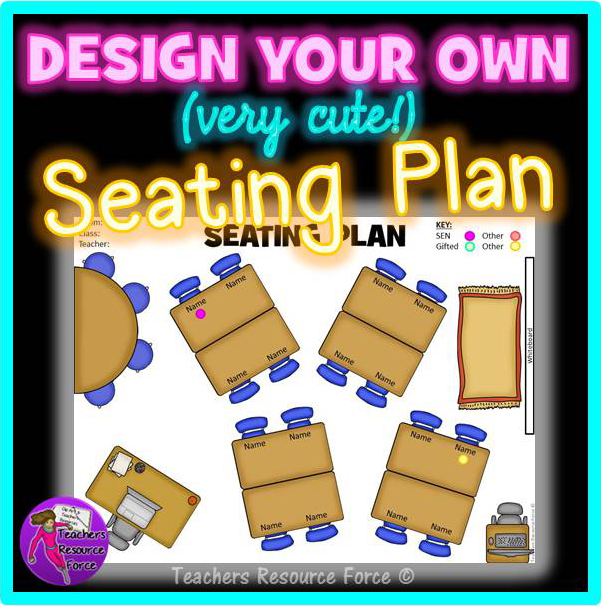
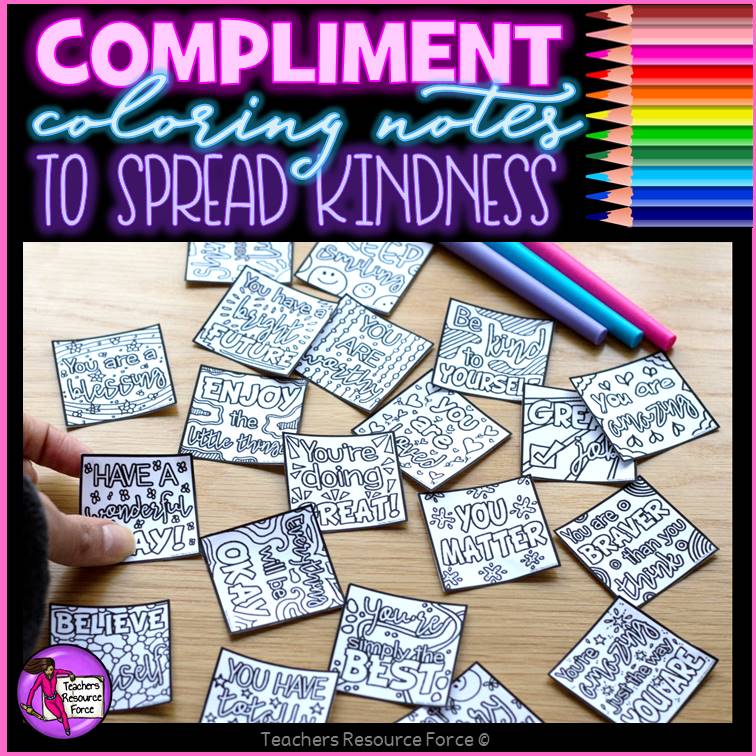
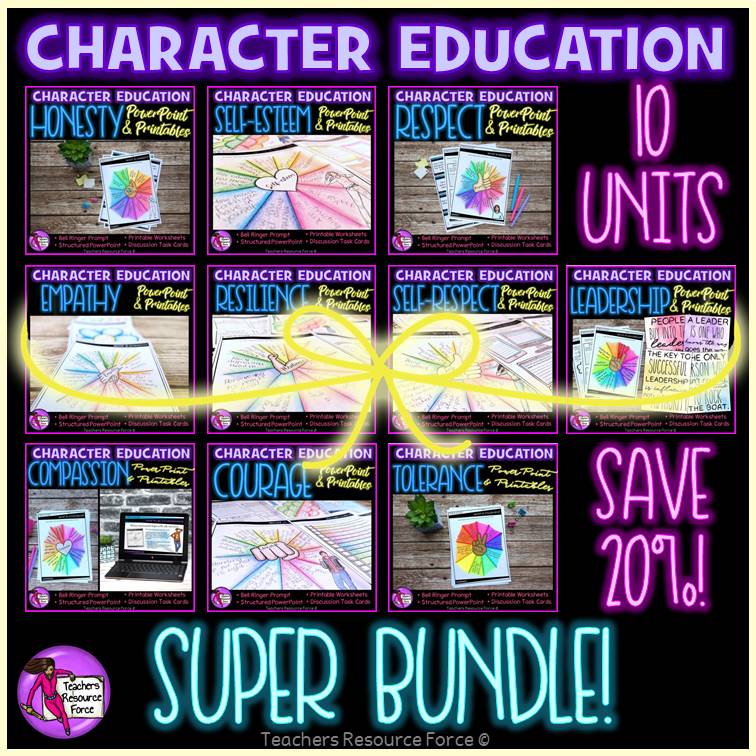
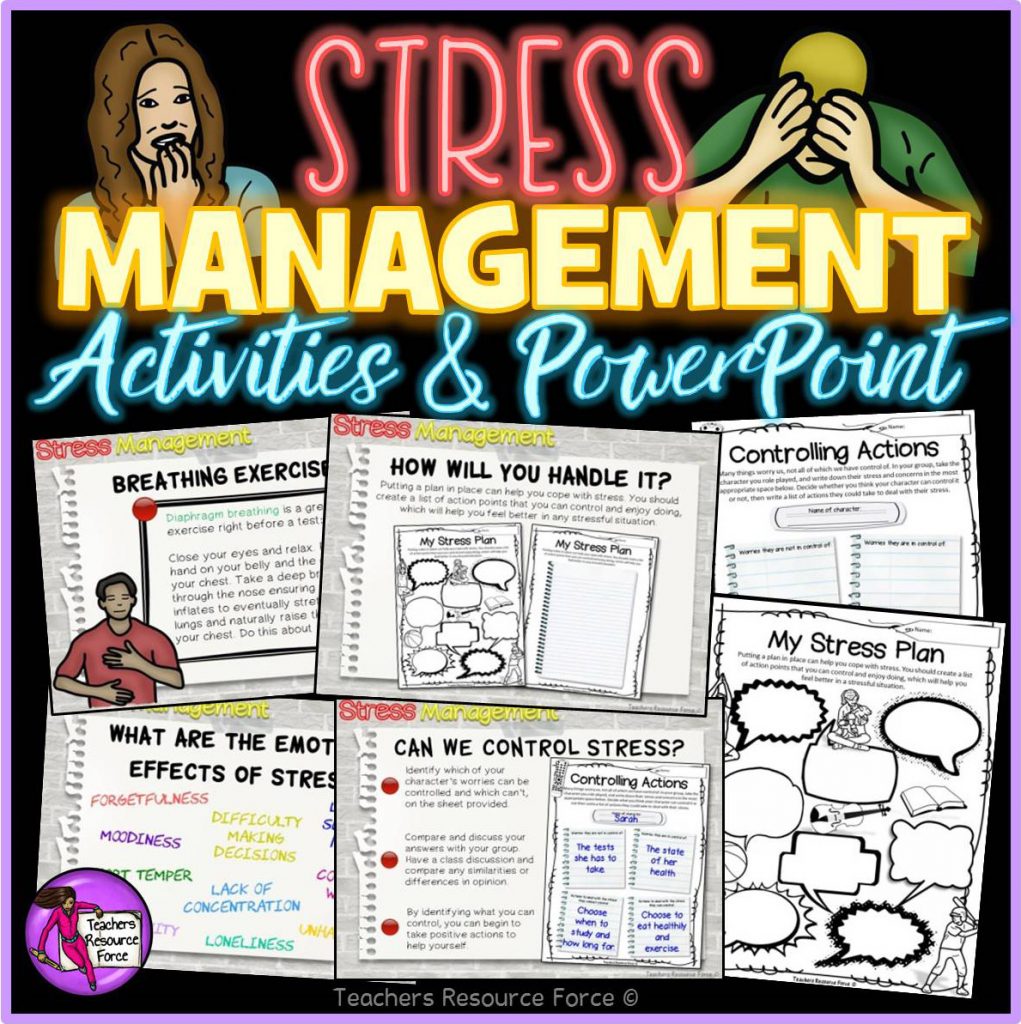
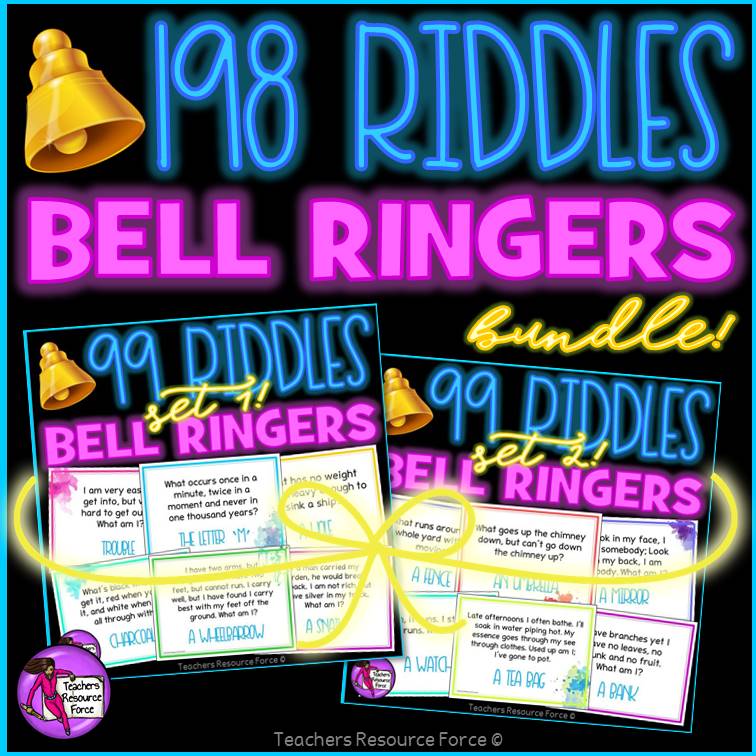
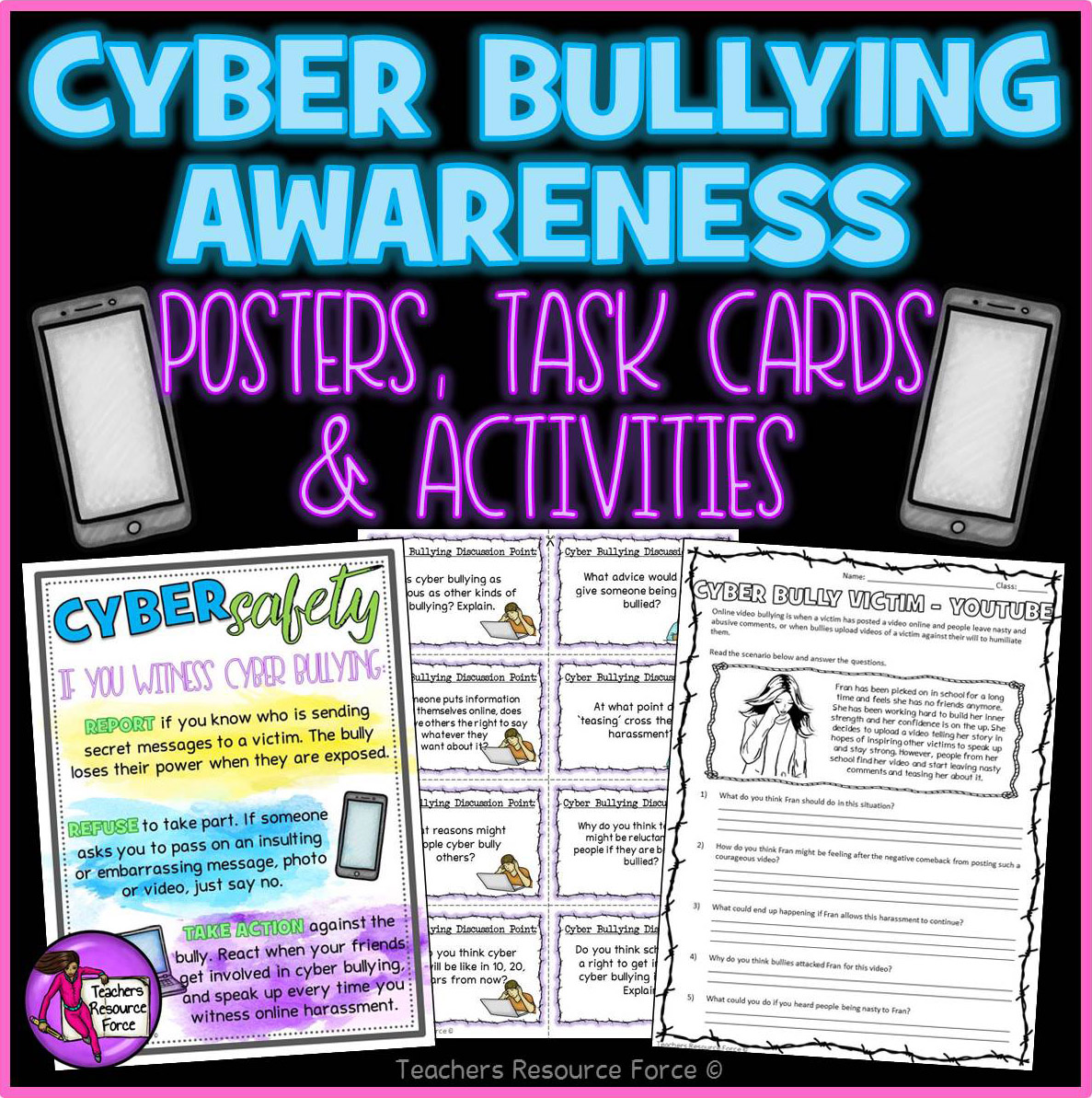








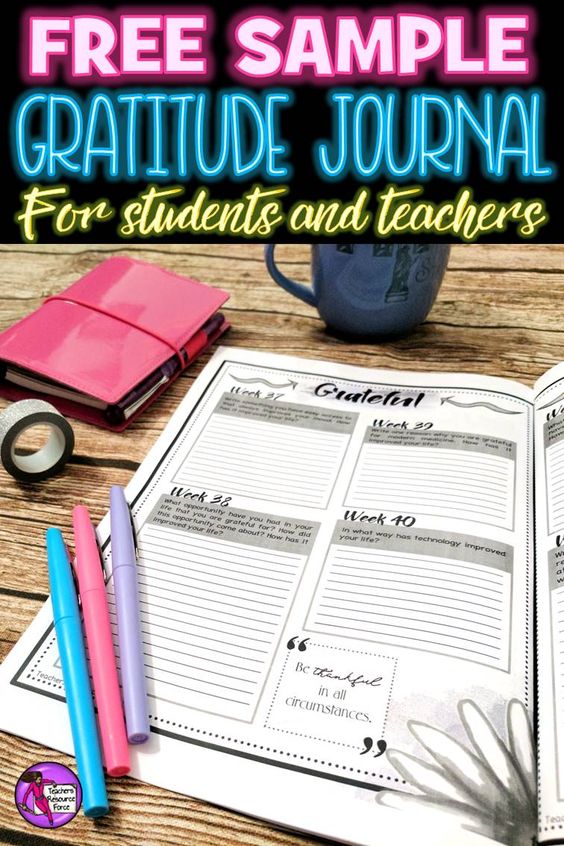
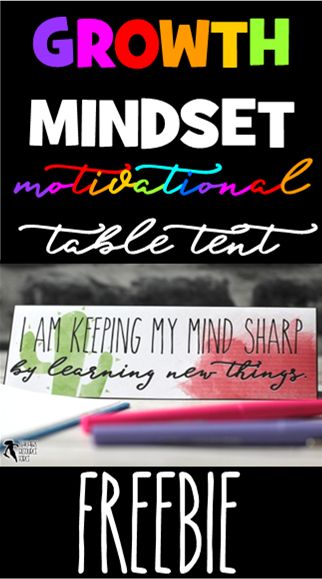

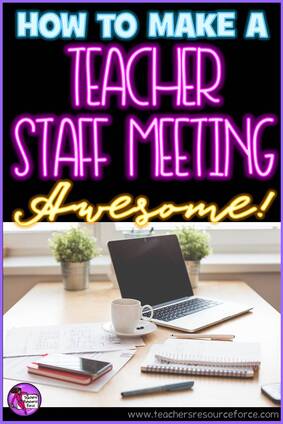

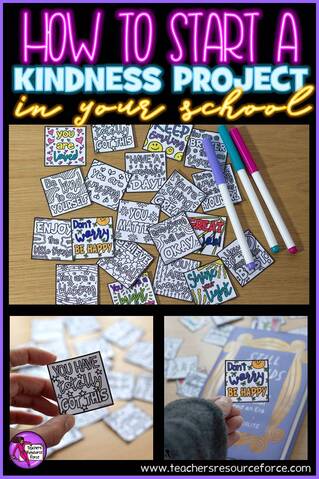

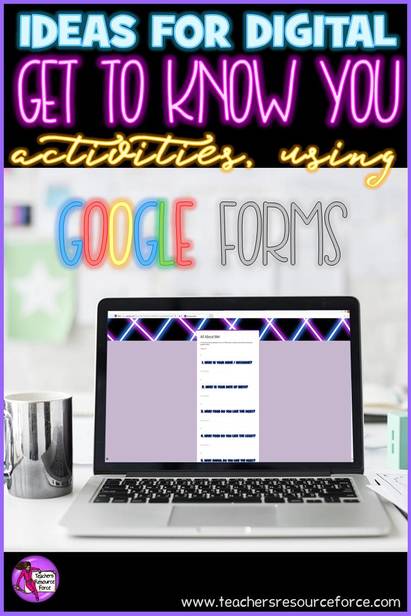
 RSS Feed
RSS Feed



